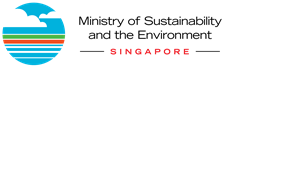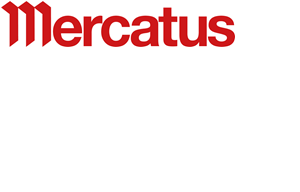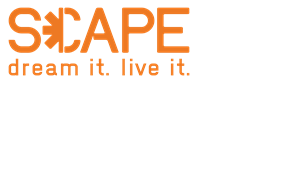This course will equip students with the state-of-the-art in Internet-of-Things technologies, to enable them to conceptualize practical IoT systems to realize useful applications.
Students will learn how to:
- identify and translate real needs into system requirements and constraints
- identify suitable IoT technologies to realize a practical system; and
- build simple proof-of-concept applications, through real-world examples
Students may also find some background/skills in interactive design and prototyping useful (e.g., IS211 Interaction Design and Prototyping).
Upon completion of the course, students will:
- Individually, or in pairs, be able to put together key components of IoT towards building a prototype solution to solve a specific problem A. These hands-on exercises will also help the students in building the IoT prototype for their team project, and train them to be effective IoT solutions architects.
- As a team, given a case scenario B, be able to apply concepts learnt in class to clearly specify the problem statement, describe the IoT solution, and present the actionable wisdom to various key stakeholders. Through short quizzes, this will help the students prepare for the in-class written assignment, and will train them to be effective IoT solutions consultants.

Students developed IoT prototypes to improve tray return rate and public toilet cleanliness.

Students proposed innovative retail-tech solutions that will enhance and potentially transform a shopper's experience at shopping malls.

Students developed several IoT prototypes that is able to track the demographics of youths who use *SCAPE venue and find out how they are utilising the space, tracking and management of utilitizes, and estate management.

Students developed an IoT prototype, with various occupancy sensors to track, manage and optimize our meeting rooms', shared desks' and discussion corners' utilization; as well as office experience such as noise level.